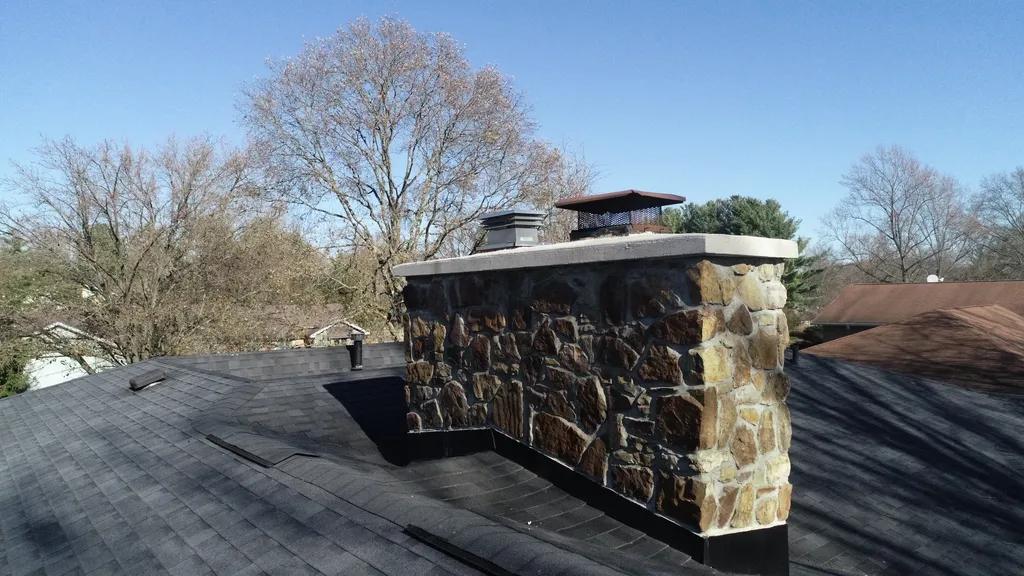Brick structures are not immune to wear and tear over time, as weather conditions and age can cause deterioration. However, with proper care and maintenance, deteriorated bricks can be restored and repaired to their former glory. In this article, we will explore the various techniques and methods for effectively restoring and repairing deteriorated bricks, ensuring the longevity and integrity of your brick structures.
Table of Contents
- Understanding the Causes of Brick Deterioration
- Assessment and Diagnosis of Deteriorated Bricks
- Techniques for Restoring Damaged Bricks
- Preventative Measures for Maintaining Brick Structures
- Q&A
- Wrapping Up

Understanding the Causes of Brick Deterioration
One of the primary causes of brick deterioration is water infiltration. When water seeps into the bricks, it can lead to cracking, spalling, and efflorescence. In areas with freeze-thaw cycles, water can freeze inside the bricks and cause them to expand, leading to further damage. Proper waterproofing and maintenance are essential to prevent water damage to bricks.
Another common cause of brick deterioration is environmental pollution. Air pollution can cause brick surfaces to deteriorate over time, as pollutants can react with the minerals in the bricks and weaken them. In addition, biological growth such as algae and mold can thrive on the surface of bricks, leading to discoloration and deterioration. Regular cleaning and maintenance can help prevent environmental pollution from damaging bricks.

Assessment and Diagnosis of Deteriorated Bricks
When it comes to the restoration and repair of deteriorated bricks, an assessment and diagnosis are essential steps in ensuring the longevity and structural integrity of the building. Before any restoration work can begin, a thorough evaluation of the extent of damage must be conducted. This includes identifying the causes of deterioration, such as water infiltration, freeze-thaw cycles, or poor construction techniques.
Once the assessment is complete, a diagnosis can be made to determine the best course of action for restoring the bricks. This may involve cleaning the bricks to remove dirt and debris, repairing any cracks or missing pieces, and applying a protective sealant to prevent future damage. It is important to work with experienced professionals who have the knowledge and expertise to properly assess and diagnose deteriorated bricks to ensure a successful restoration process.

Techniques for Restoring Damaged Bricks
When dealing with deteriorated bricks, it is essential to use the right techniques to restore them to their former glory. One popular method is repointing, which involves removing old mortar and replacing it with fresh mortar to improve the structural integrity of the brickwork. This process can help prevent further damage and water infiltration, ultimately prolonging the life of the bricks.
Another effective technique for restoring damaged bricks is brick cleaning. This involves removing dirt, grime, and other pollutants that have accumulated on the surface of the bricks over time. By gently cleaning the bricks using specialized cleaning solutions and equipment, you can enhance their appearance and restore their natural beauty. Additionally, brick sealing can help protect the bricks from future damage caused by water, UV rays, and other external factors.

Preventative Measures for Maintaining Brick Structures
When it comes to maintaining brick structures, regular restoration and repair work is essential to prevent further deterioration. One common issue with brick structures is the deterioration of the bricks themselves. Over time, bricks can become damaged due to weathering, moisture, and other external factors. To address this issue, it is important to conduct routine inspections and identify any areas of deterioration that may require restoration.
One effective method for restoring deteriorated bricks is repointing, which involves removing old, damaged mortar and replacing it with fresh mortar. This process helps to stabilize the bricks and prevent further deterioration. In addition to repointing, it is also important to address any underlying issues that may be contributing to the deterioration of the bricks, such as water infiltration or structural defects. By taking proactive measures to restore and repair deteriorated bricks, you can help extend the lifespan of your brick structure and maintain its structural integrity for years to come.
Q&A
Q: Why do bricks deteriorate over time?
A: Bricks can deteriorate due to weathering, moisture penetration, freeze-thaw cycles, and poor maintenance.
Q: What are common signs of deteriorating bricks?
A: Common signs include cracking, spalling (flaking or crumbling), efflorescence (white powdery substance on the surface), and discoloration.
Q: How can deteriorated bricks be restored?
A: Deteriorated bricks can be restored through processes such as repointing (replacing mortar), brick replacement, cleaning, sealing, and applying protective coatings.
Q: When should a professional be consulted for brick restoration?
A: It is recommended to consult a professional for brick restoration if the deterioration is extensive, structural integrity is compromised, or if specialized equipment and expertise are required.
Q: How can homeowners prevent further deterioration of bricks?
A: Homeowners can prevent further deterioration of bricks by conducting regular inspections, repairing any damage promptly, sealing bricks to protect against moisture, and avoiding harsh cleaning methods.
Q: Is it possible to match new bricks with existing ones during restoration?
A: Yes, it is possible to match new bricks with existing ones by consulting with suppliers or professionals skilled in brick restoration. Color, texture, size, and age of the brick should be considered for a seamless match.
Wrapping Up
In conclusion, restoring and repairing deteriorated bricks is a process that requires careful assessment, proper techniques, and high-quality materials. By addressing issues such as moisture infiltration, efflorescence, and cracking promptly, property owners can ensure the structural integrity and aesthetic appeal of their buildings for years to come. Remember, when it comes to preserving the beauty and functionality of brick structures, proactive maintenance is key. If you encounter any signs of deterioration, don’t hesitate to consult with a professional to address the issue promptly and effectively. With the right approach, you can extend the lifespan of your bricks and maintain the value of your property.


